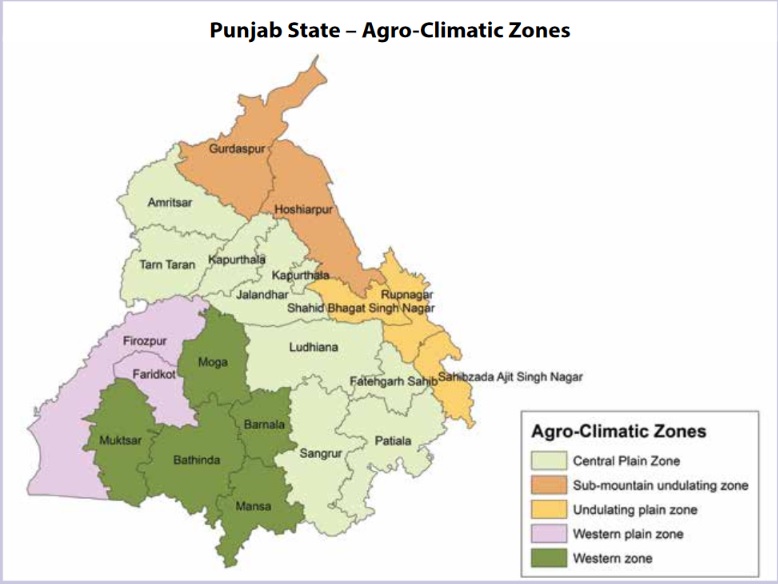7667766266
enquiry@shankarias.in
What is the issue?
Amid talk of MSP guarantee and Punjab’s wheat-paddy cropping, experts feel that the state must follow cropping pattern as per its agro-climatic and soil conditions to protect the environment and increase farmers’ income.

Reference